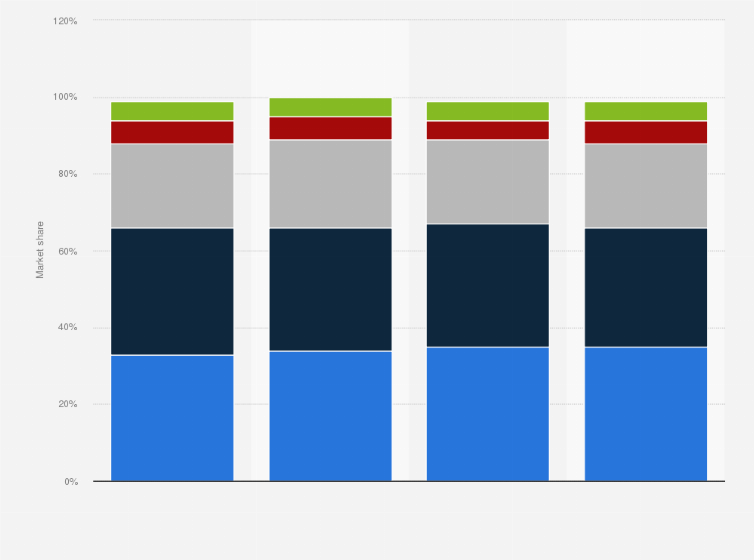The global technology sector is experiencing significant growth in 2025, contributing positively to economic forecasts. In the United States, tech spending is projected to reach $2.7 trillion, marking a 6.1% increase from the previous year. This surge is driven by advancements in software, particularly in cybersecurity, cloud computing, and generative AI technologies. Major companies like Nvidia, Microsoft, Meta, Broadcom, Amazon, Tesla, and Alphabet, collectively known as the “Magnificent Seven,” have been instrumental in this growth, adding over $2.4 trillion to market gains since May.
Despite this positive momentum, global investors are exercising caution due to escalating geopolitical tensions. The U.S.-China trade war, characterized by increased tariffs and protectionist policies, has introduced uncertainties into global trade dynamics. The Organisation for Economic Co-operation and Development (OECD) forecasts a global economic slowdown to 2.9% in 2025-2026, attributing this decline primarily to ongoing trade disputes.
These tensions have also led to shifts in investment patterns. As capital moves away from U.S. assets, emerging Asia is poised to benefit, with its robust technology sector and strong growth prospects making it an attractive destination for investors. However, challenges such as ongoing U.S.-Asia trade tensions and currency appreciation remain potential risks.
Additionally, the global supply chain is under strain due to these geopolitical developments. Companies are reevaluating their supply chain strategies to mitigate risks associated with trade barriers and protectionist measures. This realignment may lead to increased operational costs and necessitate the development of more resilient supply chain models.
In summary, while the technology sector’s growth in 2025 is a positive economic indicator, the prevailing geopolitical tensions are prompting investors to adopt a more cautious approach, balancing optimism with strategic risk management.











Leave a comment